Pumps & Systems, April 2013
Municipalities have discovered ways to harness energy that is hiding within their own infrastructure. Recovering energy using the flow of water distribution and transmission lines is becoming a popular source for renewable power generation. In systems in which pressure reducing valves (PRV) are required, a rotary lobe pump can be used in place of the PRV to reduce the pressure while powering a generator to create electricity. This application is known as in-conduit micro hydroelectric power generation. It has the ability to offer water agencies an option to help meet their renewable energy and carbon reduction goals.
Rotary Lobe Pump Operation
The rotary lobe pump is a positive displacement pump. It works using the same principle as all positive displacement pumps in that it creates flow by trapping liquid from the suction side, carrying it through the pump and expelling it out the discharge side. What makes the rotary lobe pump special is how it accomplishes this. During operation, two rotors mesh together and rotate in opposite directions (See Figure 1). The rotation forms cavities between the rotors and wet-end housing. The liquid that fills the cavities is carried through the pump and expelled out the discharge side.
Figure 1. Operation of a rotary lobe pump
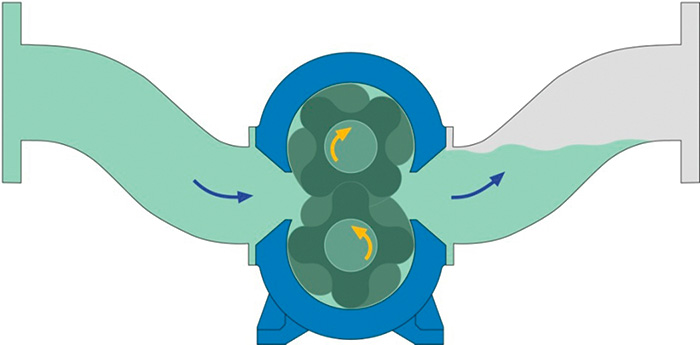
Figure 2. This pump operates when piped into an established liquid flow.
Rotary Lobe Pump Operation For In-Conduit Micro Hydroelectric Power Generation
Like all pumps, a rotary lobe pump is used to create flow. However, it will operate on its own when piped into an established flow of liquid (see Figure 2) because of the fully-balanced design of brands that use pulsation-free, four-lobe twisted rotors. By design, this type pump handles variable pressure swings and eliminates fluid hammer. A rotary lobe pump is also easy to maintain. Normal maintenance is performed without removing the pump from the assembly.
It is recommended to specify a brand that features an outboard set of bearings so that both ends of the shafts are fully supported. Insufficient shaft support causes deflection, which reduces efficiency and can lead to premature wear. Since the pump is being used to create power and control pressure, the ideal choice is the version featuring the outboard set of bearings (see Figures 3 and 4). 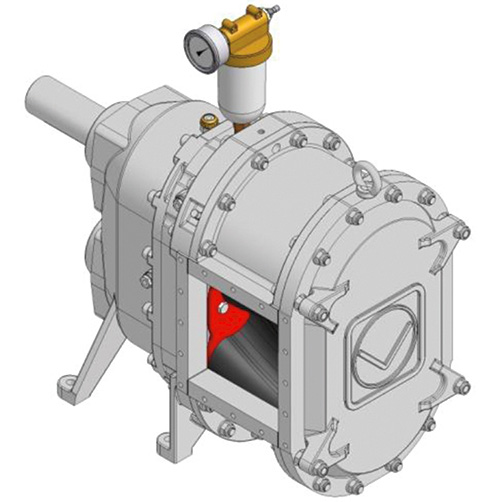
Figure 3. Rotary lobe pump with inboard bearings only
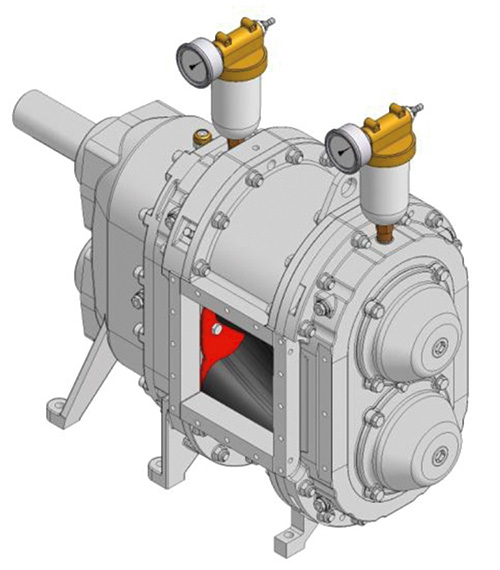
Figure 4. Rotary lobe pump with inboard and outboard bearings
Using Pumps as Turbines
A PRV works well to control downstream pressure, but 100 percent of the reduced pressure energy is lost through noise, heat and friction. A positive displacement rotary lobe pump as a turbine (PAT) equipped with a regenerative variable frequency drive (VFD) controls pressure at changing flows and converts 50 to 70 percent of the reduced pressure energy into electricity. Centrifugal PATs are also commonly used for generation. However, because of their design, they cannot control downstream pressure at changing flows. Electrical output is achieved through the flow and pressure differential within the line. As flows vary, electrical output varies. This is a common condition in water distribution lines and should be expected.
The VFD allows electricity to be produced without eliminating all the pressure. Only excess pressure is used. Required downstream pressure is maintained. Choosing a VFD that can operate over a wide range of flows and pressures that surpass what is possible with centrifugal pumps operated as turbines is important.
A complete system looks like a normal pump assembly. It includes a rotary lobe pump coupled to a generator. The generator is wired to the VFD. The assembly can be configured in different ways to fit the particular piping system. Common configurations include inline coupled assemblies (see Image 1) or V-belt “piggy-back’’ style assemblies. 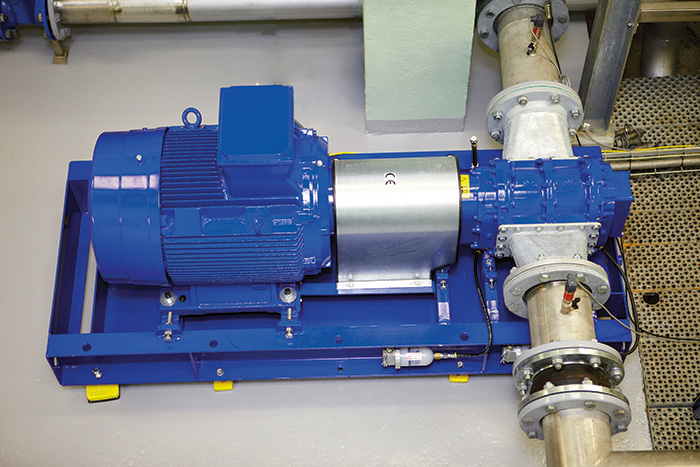
Image 1. Coupled-assembly configuration
Case Study
A water treatment works—Welsh Water in Wales, U.K.—is gravity fed from a nearby impounding reservoir with raw water at a pressure of up to 145 psi. The raw water is fed into an open dissolved-oxygen flotation (DAF) tank. The entering pressure is not necessary for the process and would have typically been eliminated by a PRV. The end of the pipe feeding into the DAF plant is elevated to a height of approximately 16 feet. A normal turbine would have to be mounted at this height, which would be challenging and expensive. The flow ranges from 0.22 million gallons per day to 0.68 million gallons per day.
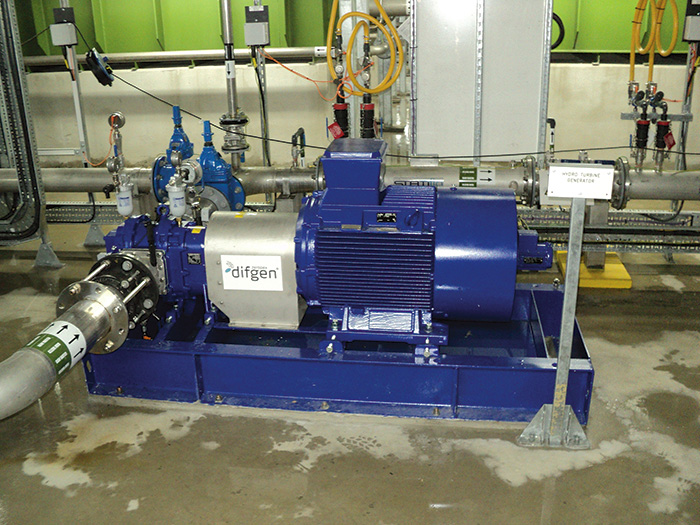
Image 2. Rotary lobe pump installation at Welsh Water
The municipality chose a system that used a generator and rotary lobe pump. The entire system was able to be installed at ground level, and because of its operation, it could generate renewable electricity. The system also maintained a minimum pressure on its outlet, which allowed water to enter the elevated tank. The turbine controlled the raw water flow into the treatment process by controlling its speed to match the desired flow. To provide seamless operation, the turbine was equipped with a load bank that allowed it to continue running even when the electricity supply from the grid failed. This allowed a controlled shutdown, which would prevent any hydraulic issues.
The system has performed well during since commissioned in December 2011. It has been in constant, 24-hour operation. It has exceeded its net water-to-wire efficiencies relative to performance trials.
The municipality is satisfied with the system and has subsequently purchased additional units. Image 2 shows the installation at Welsh Water, in which the generator/pump system operates to provide pressure control in and produce electricity for the plant. P&S

